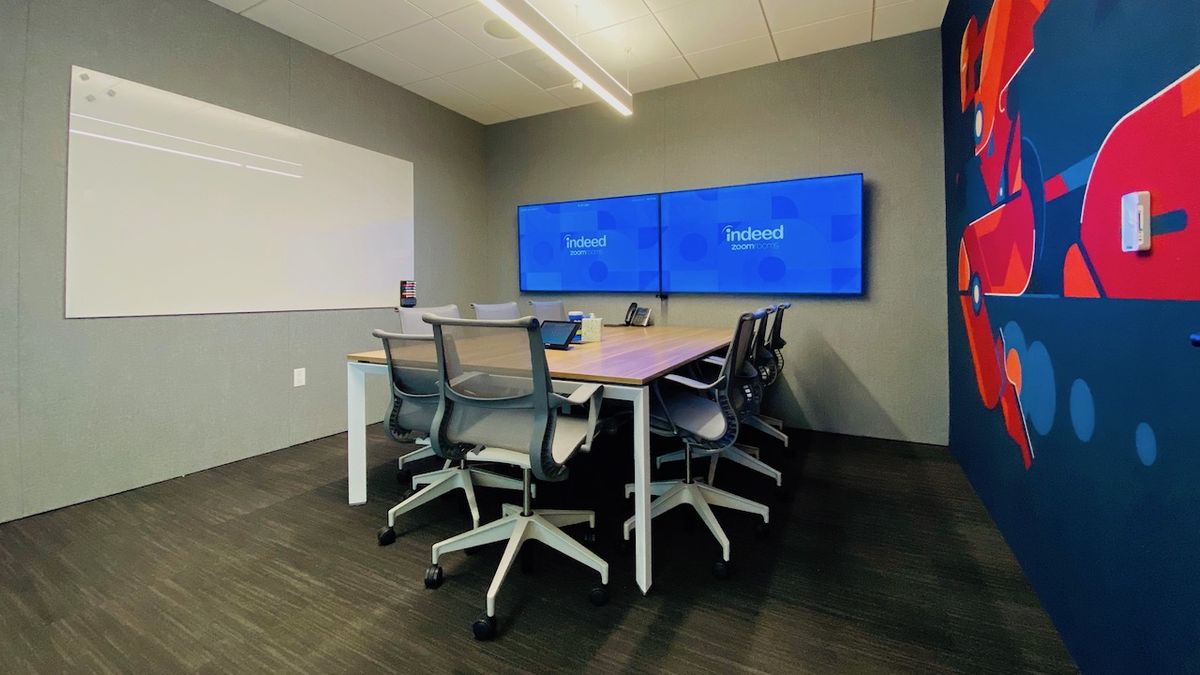Integrators are always on the lookout for technology that will help companies deliver a cohesive working environment for their employees, whether they are local or stationed in offices all over the world. Today, AV systems are the tool that allows companies to expand their reach on a global scale.

In a survey conducted by PSNI Global Alliance, end users currently rate their AV integrators a 3 on a 5-point scale, and only 29 percent felt “very satisfied” with their AV technology solutions. “End users are not dissatisfied with their current technology solutions, but there is an opportunity for integrators to set themselves apart by demonstrating a better understanding of clients’ business needs and developing solutions that really wow their clients,” said Chris Miller, executive director of PSNI Global Alliance.
The survey also found that end users are relying on integrators for knowledge and support rather than labor only. This finding suggests a great opportunity for integrators to focus on their client’s needs, especially within global corporate campuses, and tailor AV technology specifically for those needs.

When incorporating AV technology in a corporate environment, AVI-SPL follows what it calls the four S’s: simplification, standardization, scalability, and serviceability. “A consistent user experience is crucial to success as it relates to AV technologies in a corporate environment, and employing the four S’s in design and implementation has proven effective,” said Joe Laezza, senior vice president of global accounts with AVI-SPL.
With recent studies showing that 70 percent of people globally are working remotely at least one day a week, AV with a focus on mobile and remote workforces, including cloud-based applications, is becoming more of a focus with AV integration on global corporate campuses. Laezza said, “AV will need to accommodate different users, personas, and technologies in an agnostic manner. Cloud-based applications will also need to function in any space across the corporate landscape.”

While many say cloud-based systems are the way forward in corporate environments, others say the future for AV in these environments is in IP-based routing. Kev Talbot, head of technical sales at UK-based Involve Visual Collaboration, believes the latter, describing IP-based routing as “the norm in the not-too-distant future. We’ll all be looking at that shiny 4K fixed matrix laughing at how old it is.”
Talbot added, “The true emergence of IP routing could streamline deployments and enable more rooms at a lower cost by using centralized equipment to drive multiple rooms.”
The way employees are using on-site rooms on campus is changing the way AV is incorporated. “Huddle/collaboration spaces have taken over, which has resulted in more rooms for more users to get work done. I’ve said for ages that the boardroom was for the board to congratulate themselves on being masters of the universe, and the smaller huddle and collaboration rooms are where the real work gets done,” said Talbot. This focus on smaller collaboration and huddle rooms is a more cost-effective option for end users as well.

This focus on AV to address emerging needs does not go unnoticed by employees and is an easy way for corporations to stand out from their completion. “AV and other technologies have become a key differentiator among corporations,” said Gina Sansivero, vice president of marketing and corporate communications, AtlasIED. “AV enables corporations to create functional, comfortable, productive work spaces and environments that attract and retain talent. We’ve seen global campuses redesign their floorplans to include open, collaborative settings combined with cubicles, lounge areas, huddle spaces, conference rooms, remote offices, and even small, telephone booth-like rooms for complete seclusion and privacy. Although these work spaces are distinctly different, AV systems enable collaboration, communication, and connectivity among them. The more sophisticated the AV technology, the more flexibility in work styles a campus is able to offer.”
Things only become more complicated when looking at developing these campuses in another country. With some products having limited availability globally, expectations have to be adjusted and additional options presented to address the needs of the client.
[Expanding Your Business Outside the United States]
There is also the concern of fully understanding protocols for proper certifications and performance standards in another region—like international or country equivalents of U.L. and power ratings. Sansivero said, “It’s a process that can be extremely time-consuming, arduous, and costly for many AV manufacturers. Implementing standard procedures for appropriate certification may also require additional manpower and resources, and a clear understanding of differences in corporate cultures of campuses in other countries.”
Many integrators find the best way to address these issues is to establish a global partner. Laezza agreed: “The best approach for projects supporting local spaces is to rely on a global partner to maintain standards and deliver the way of your business needs.”
Another option for AV companies looking to expand their operations globally is to partner with local integrators. “Local, regional, and country laws, currency, taxes, terms and conditions, cultures, languages and even AV terminology can create challenges for integrators and end users. The adage ‘you don’t know what you don’t know’ can certainly apply to country-to-country partnerships from both the end user and the integrator’s point of view,” said Miller.
[PSNI Develops Certification for Global Deployment]
Talbot and Involve felt this was the best path for them when they chose to expand their business globally—they joined the PSNI Global Alliance network of integrators. “The biggest challenge is the size of the globe. Do you expand the business or do you partner with other like-minded businesses? We took the latter option and became a PSNI affiliate. This gave us global reach utilizing a group of experienced integrators who partner with the same vendors as we do and have a similar process to achieve our project goals. We know we can use their skills at any time, as they can with us, and we will all deliver the same excellent service.”
AV within global corporate campuses is constantly changing, with a variety of trends on the horizon including virtual presence, on-demand global collaboration, automatic personal recognition, and workspace adjustment for hoteling. “Imagine walking up to a video wall and initiating a huddle-up or group discussion with individuals located in different physical locations by just finding them and asking them to join the discussion. Imagine walking up to your small huddle room or space for the next couple hours, and when you do, it recognizes you and organizes the space virtually for your persona,” said Laezza. Some of this technology exists in varying forms, but the industry hasn’t seen it used in standard installs yet. With this technology taking shape, the future of how we work will continue to evolve.














